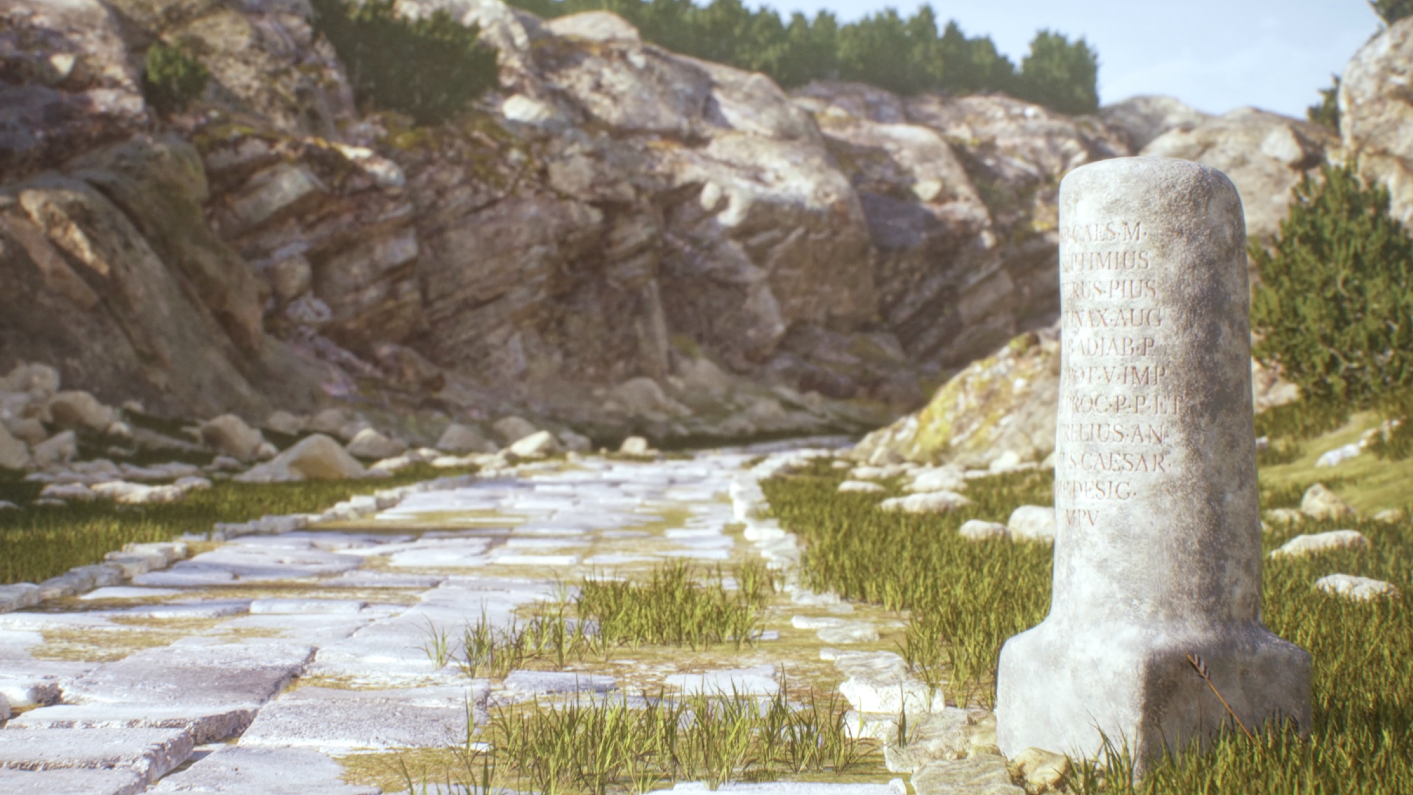In Photos: Cave Art from Mona Island
Cave formations
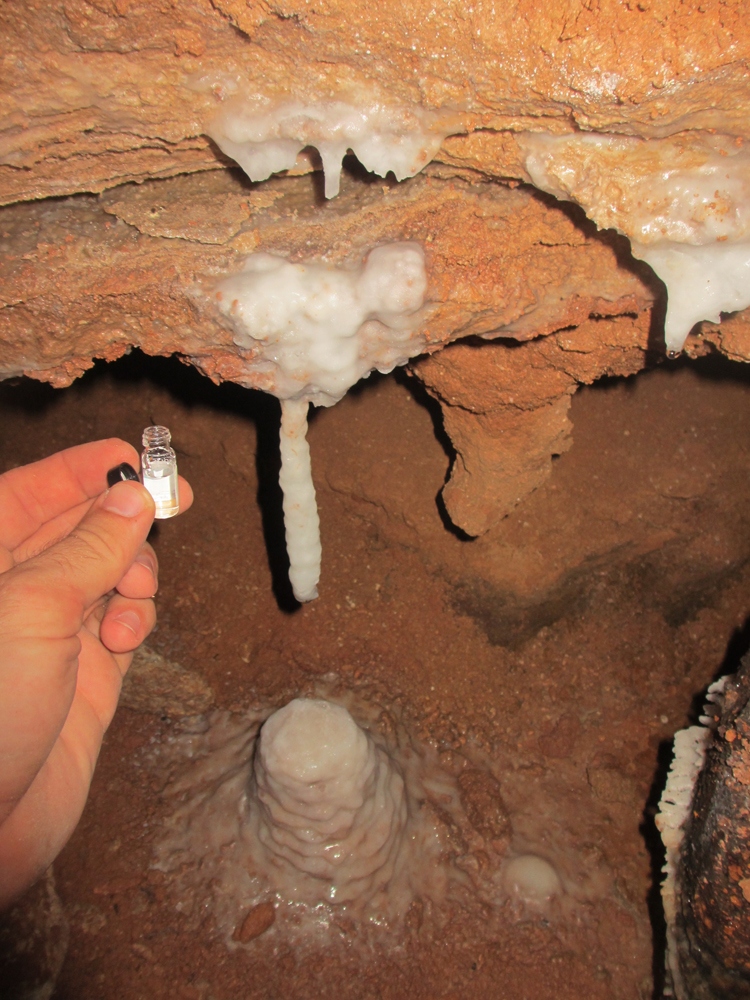
A sample was taken of the water dripping from the ceiling so researchers could conduct a chemical analysis.
Deciphering symbols
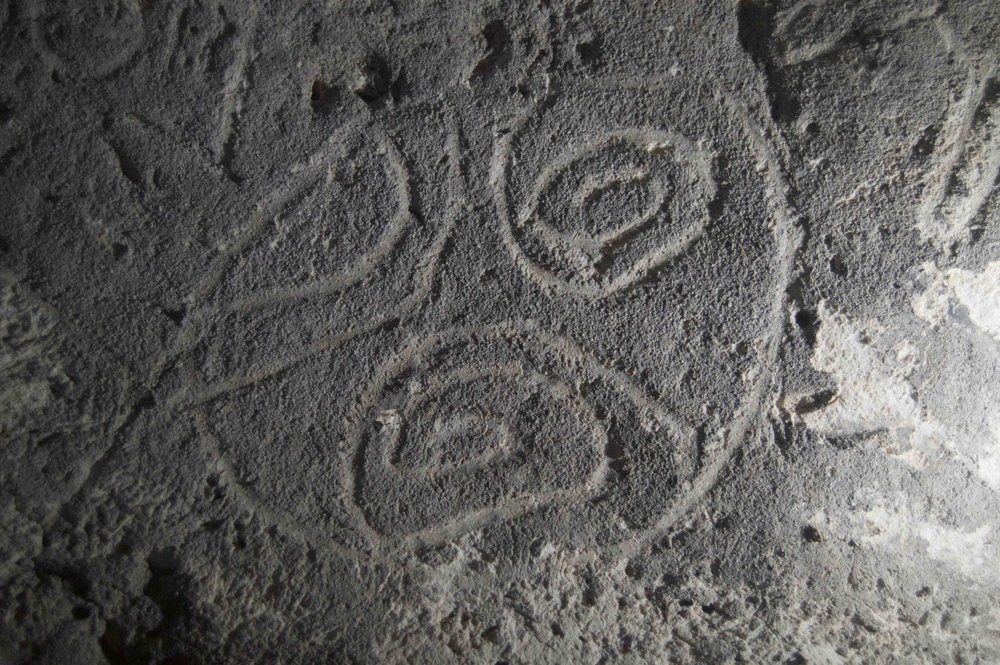
Many of the symbols carved into the cave walls remain undetermined, and other cultural records that may have been destroyed by the Spanish are needed to decipher them.
Feather headdress
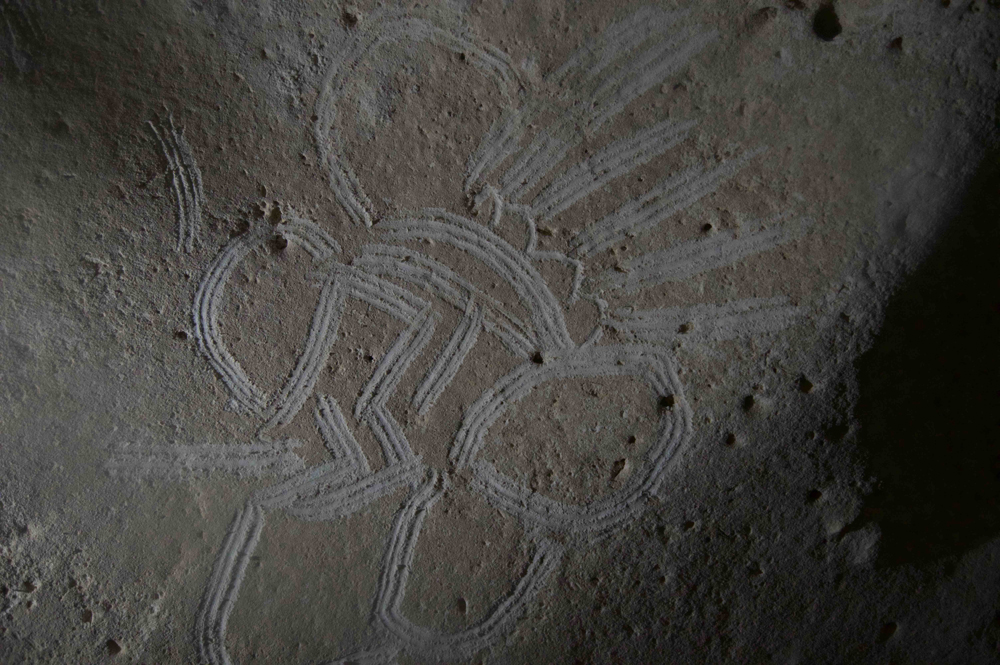
Much of the artwork was intended to depict life on Mona Island — here's a depiction of a person wearing a feather headdress.
Tales of the sun and moon
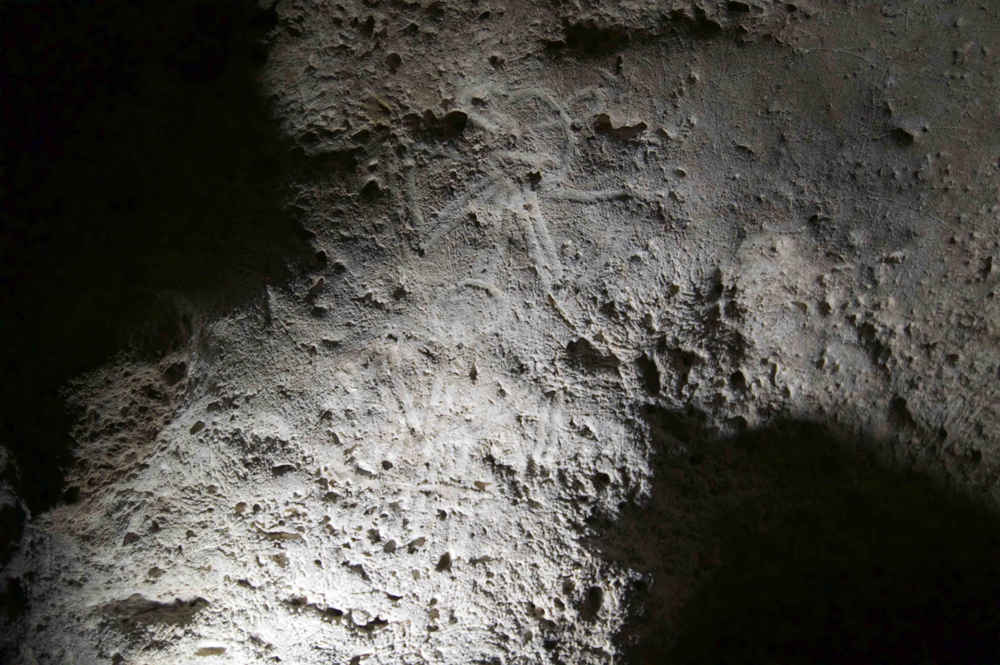
The Taíno people believed that the sun and moon emerged from the ground, so they traveled deep into caves and worked by torchlight in these spiritual places.
Cave craft
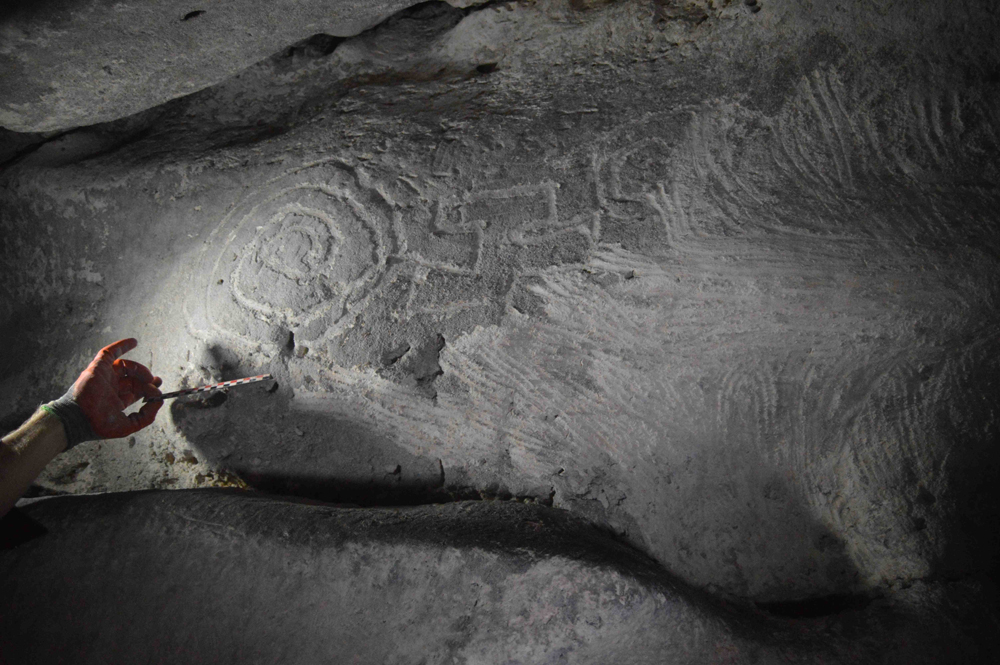
While some of the art (left) was rubbed into the outer surface to create negative images, other sections (right) were deliberately wiped away.
Finger-sized tools
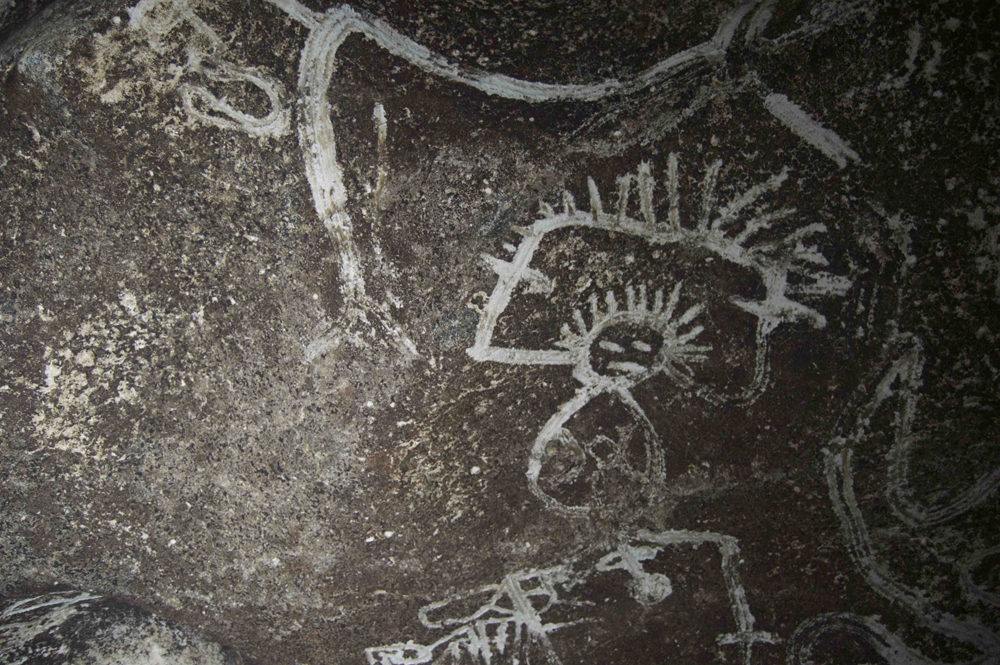
It's unclear exactly how the Mona rubbed negative images like this into the cave walls, but they likely used their fingers or finger-sized tools.
Cave paints
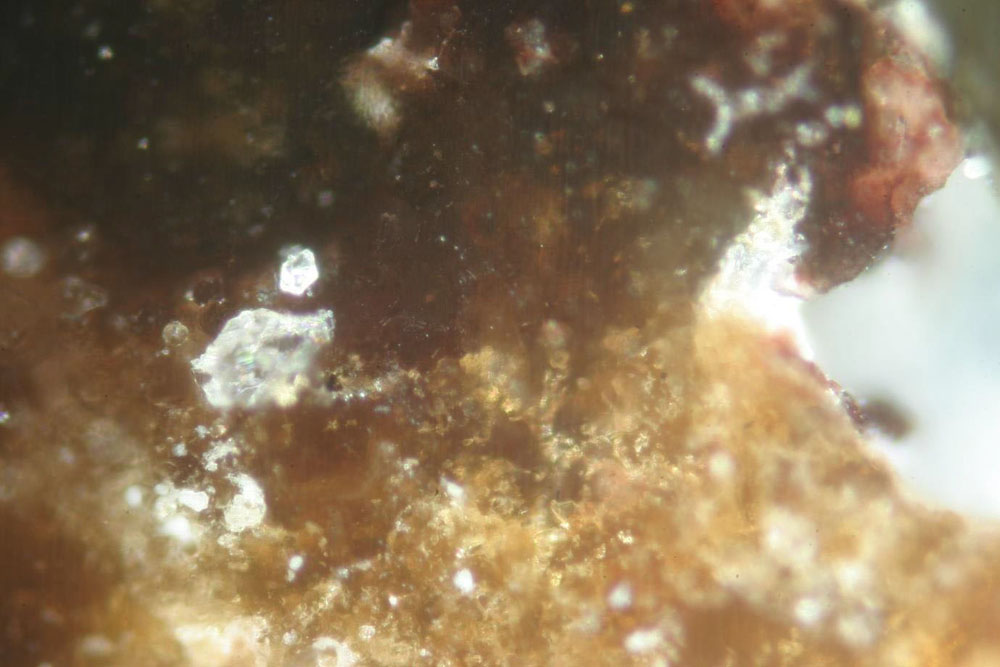
The scientists used reflected light microscopy to analyze cross sections of paints found in the caves in hopes of learning how it was made.
Get the world’s most fascinating discoveries delivered straight to your inbox.
Dark figures
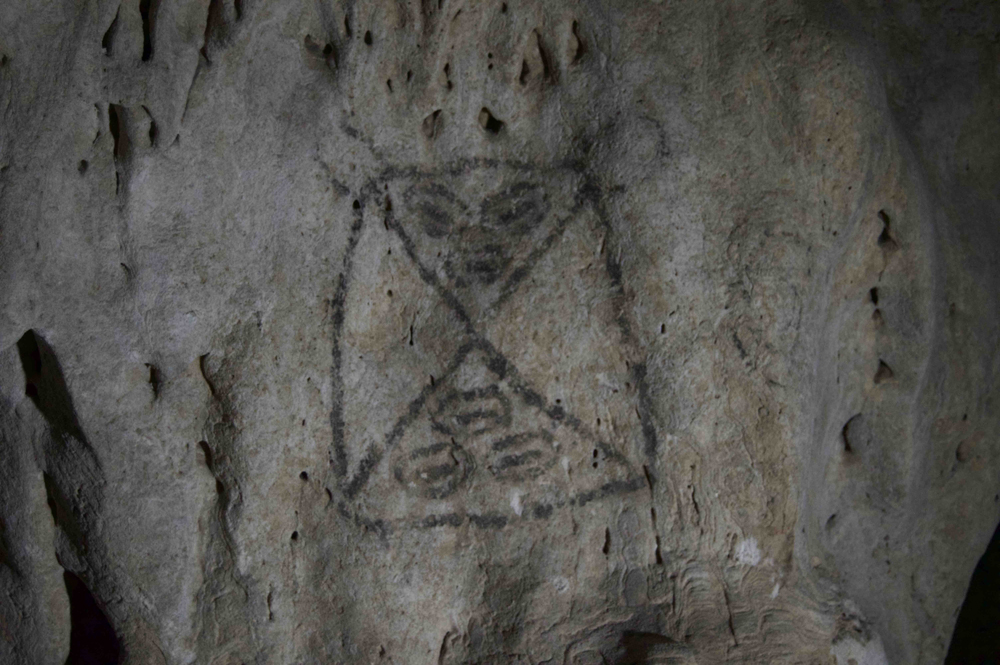
While charcoal was used as a secondary material next to the paint mixtures, some of the drawings were drawn using the charcoal from torches.
Exploring cave art
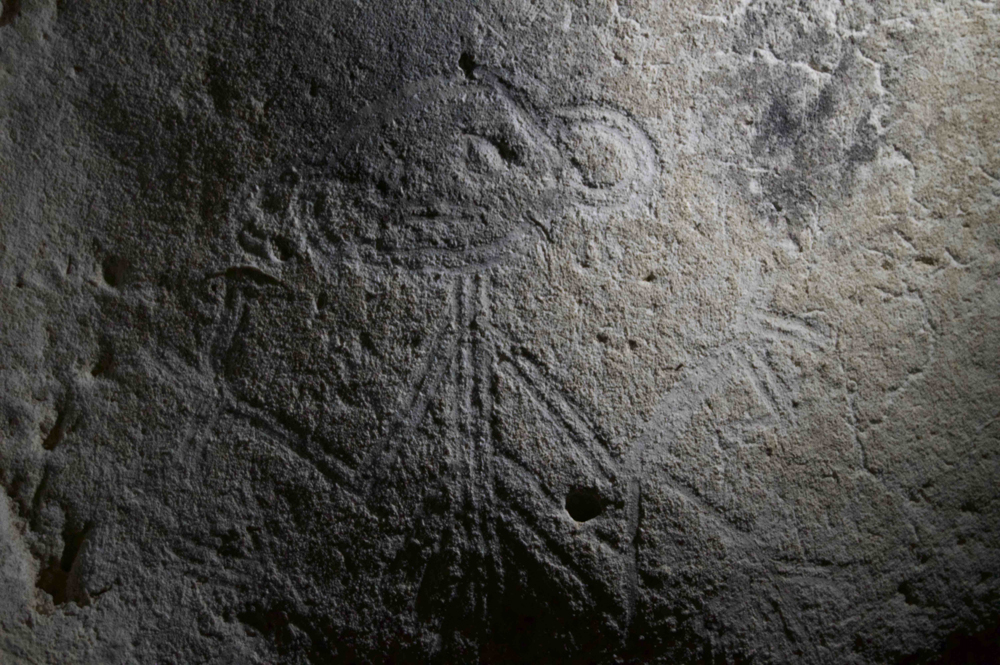
The scientists were surprised to learn how old the artwork is. Previously, Mona Island's cave art was assumed to be from later in history because of how well-preserved it is.
Tunnels and caverns
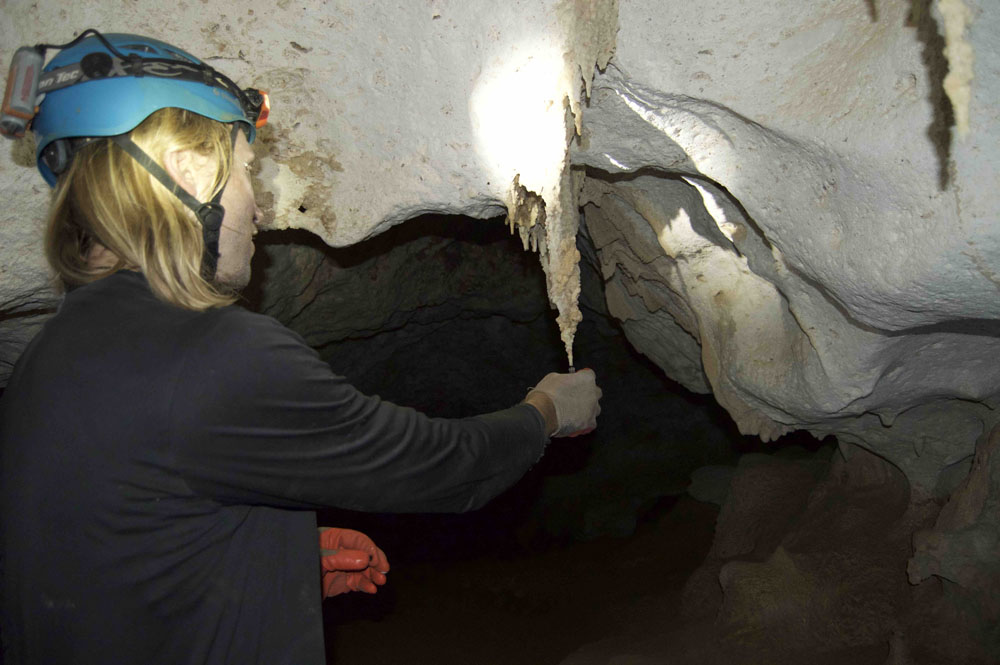
One of the archaeologists who explored Mona Island's caves monitoring the water that likely caused speleothems throughout the tunnels and caverns.

